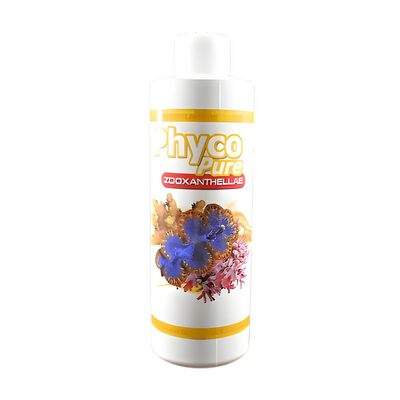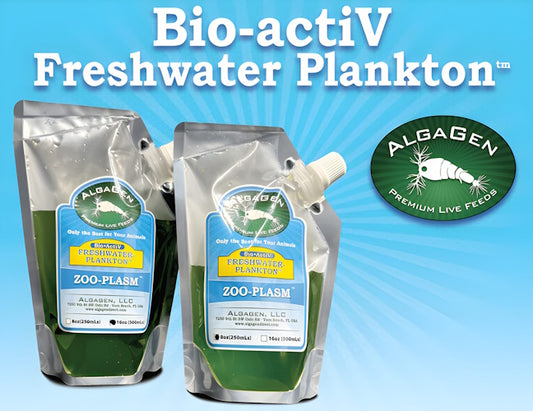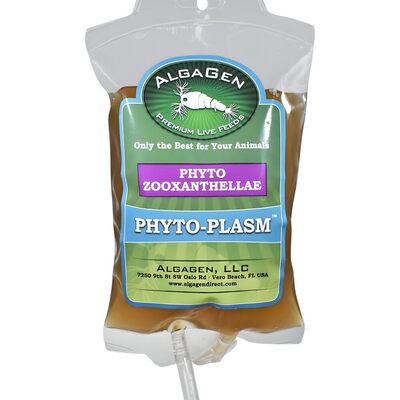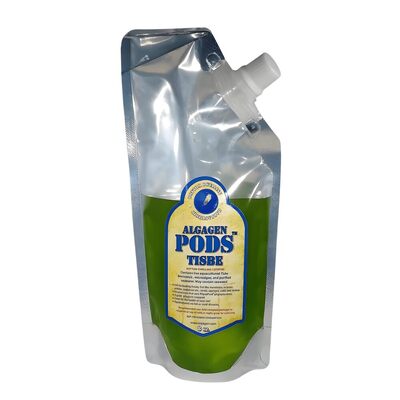Bringing new fish and plants into your aquarium can be exciting, but it also comes with risks of introducing diseases, parasites, or pests. Proper quarantine procedures help protect your established tank and keep your aquatic life healthy. Here’s a step-by-step guide to quarantine new arrivals effectively.
Why Quarantine?
Quarantine is essential to prevent the spread of diseases and unwanted hitchhikers like snails or algae. It allows you to observe new plants and fish for signs of illness, treat problems early, and avoid costly outbreaks in your main tank.
Setting Up a Quarantine Tank
- Use a separate tank or container with its own heater, filter, and lighting.
- Keep water parameters (temperature, pH, salinity) matching your main aquarium.
- Use a bare-bottom tank for easy cleaning and monitoring.
- Add an aerator or sponge filter to maintain oxygen levels without too much flow.
Quarantine Procedures for Fish
- Acclimate new fish slowly to quarantine water conditions.
- Observe daily for any signs of disease like spots, fin rot, or unusual behavior.
- Use preventive treatments such as freshwater dips, potassium permanganate baths, or medicated dips if needed.
- Consider fish medications like those based on natural probiotics or recommendable brands.
- Quarantine fish for at least 2-4 weeks before introducing to your main tank.
Quarantine Tips for Plants
- Inspect plants carefully for pests like snails or algae before entering the quarantine tank.
- Rinse plants thoroughly to remove contaminants.
- If needed, treat plants with a mild bleach dip or anti-parasitic soak (following safe aquarium guidelines).
- Quarantine plants for 1-2 weeks to watch for any delayed issues.
Maintaining Quarantine Water Quality
- Perform regular water changes to keep parameters stable and waste low.
- Remove uneaten food and debris to reduce stress and water quality problems.
- Monitor ammonia, nitrite, and nitrate levels to prevent toxic buildup.
Quick Reference Table: Quarantine Checklist
| Step | Details |
|---|---|
| Tank Setup | Separate tank with heater, filter, bare bottom |
| Acclimation | Slow introduction to quarantine water |
| Monitoring | Daily observation for illness or pests |
| Treatment | Preventive dips or medication as needed |
| Duration | 2-4 weeks for fish, 1-2 weeks for plants |
FAQs: Quarantining New Aquarium Additions
Q: Can I add new fish or plants directly to my main tank?
A: It’s risky and can introduce diseases or pests. Quarantine helps avoid this risk.
Q: How long should I quarantine?
A: At least 2-4 weeks for fish and 1-2 weeks for plants to ensure any issues manifest and are treated.
Q: What treatments are safe in quarantine?
A: Treatments vary. Natural probiotic products like AlgaGenPods™ Tisbe can support fish health, while specific dips and baths help address parasites and fungi.
Pro Tips for Quarantine Success
- Keep quarantine equipment separate and sanitize before reuse.
- Maintain stable, clean water conditions to reduce stress.
- Use natural supplements to boost fish immunity during quarantine.
“Effective quarantine is the first line of defense in protecting your aquarium’s health and peace of mind.”
Further Reading & Product Spotlight
For more on maintaining healthy aquariums, see Copepods and Amphipods: A Complete Care Guide. Support your quarantine system with AlgaGenPods™ Tisbe to promote natural biological balance.
Conclusion
Proper quarantine protects your aquarium from pests and disease, safeguarding your aquatic life and ensuring long-term tank health. Taking the time to quarantine new fish and plants is an investment in a thriving, vibrant aquarium.





Recent post